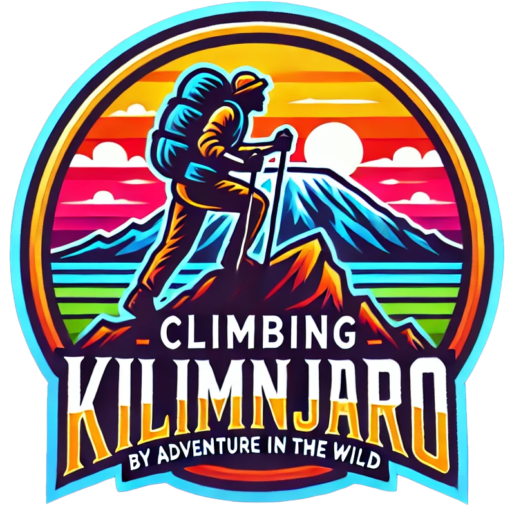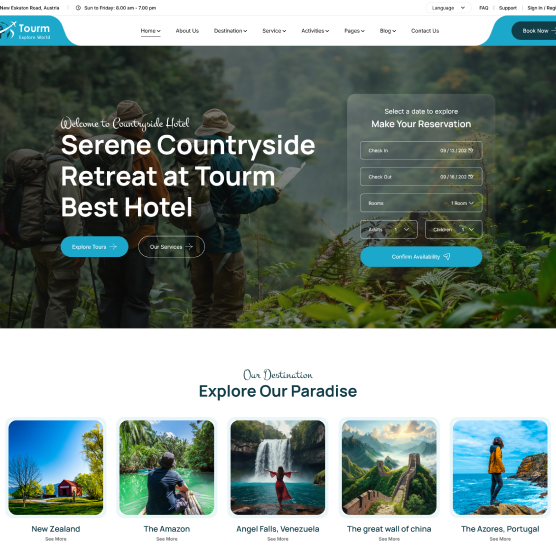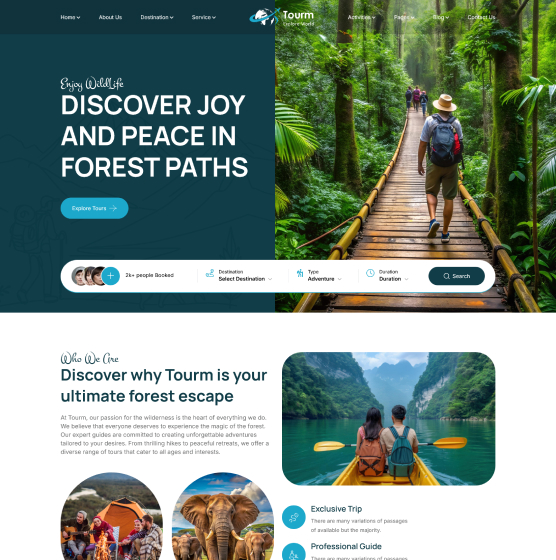7 Hard Truths About Climbing Kilimanjaro (That You Need to Know)
Here are 7 Hard Truths About Climbing Kilimanjaro (That You Need to Know). Climbing Mount Kilimanjaro is as tough as it is thrilling. There are real challenges involved—some physical, some mental—that deserve an honest conversation. In this article, we uncover the hard truths about trekking Kilimanjaro that every aspiring climber should know.
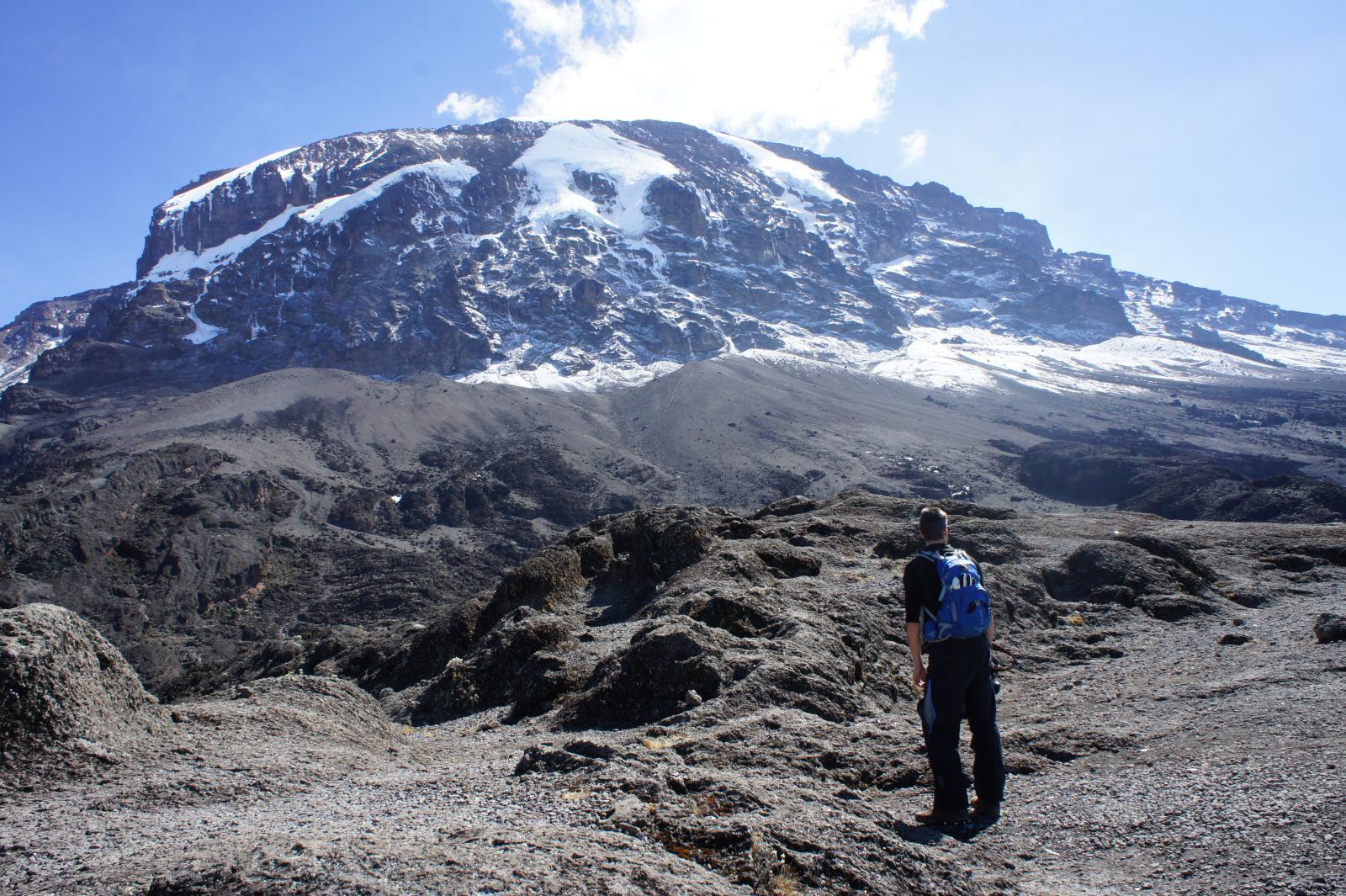
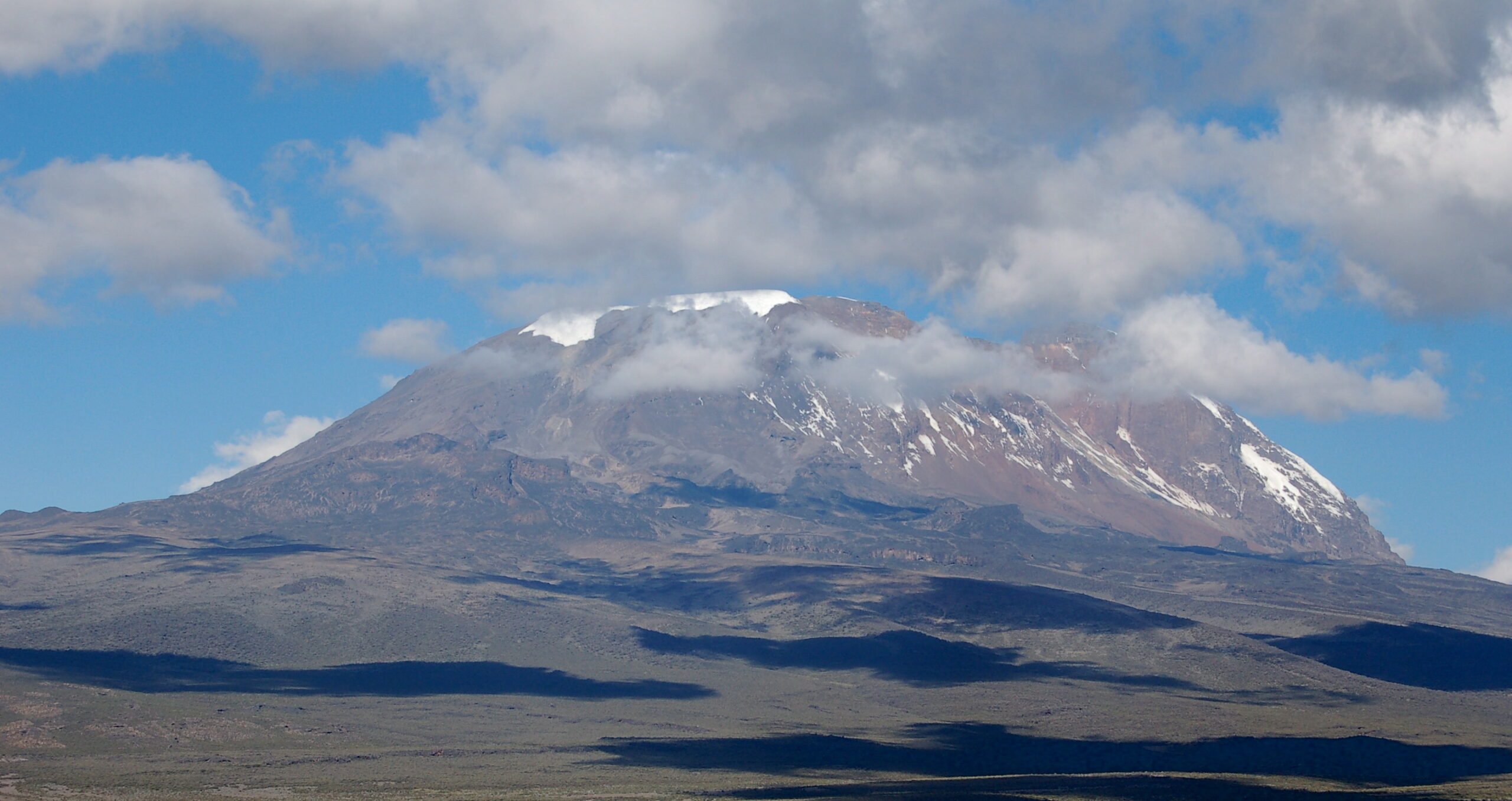
1 – You Won’t Feel Good All the Time
Mount Kilimanjaro’s majestic altitude is both a gift and a curse.
While being high above the clouds offers views you’ll remember forever, the dramatic rise in elevation also puts you at serious risk of altitude sickness. As you ascend, the air gets thinner, and your body must work harder to adapt to lower oxygen levels, a process known as acclimatization. And it’s not easy.
Altitude sickness is indiscriminate. It doesn’t matter if you are young, old, extremely fit, or a marathon runner—your body’s reaction to high altitude is unpredictable. Symptoms can range from mild headaches and nausea to severe fatigue, dizziness, and trouble sleeping.
The reality is that nearly 75% of climbers experience some form of Acute Mountain Sickness (AMS) once they pass 10,000 feet—and you’ll cross that threshold early, often on the second day of your climb. Feeling unwell at times is almost inevitable.
However, don’t panic if symptoms arise. Mild AMS is common, and symptoms often improve with time and proper acclimatization strategies, like climbing slowly and staying well-hydrated. The key is recognizing your limits and giving your body the time it needs to adjust.
2 – You Might Not Reach the Summit
It’s a sobering fact: not every climber makes it to the top.
Although some sources cite an overall Kilimanjaro success rate of about 50%, modern practices have improved outcomes dramatically—particularly with reputable operators and carefully planned itineraries. Still, summit success is not guaranteed.
Altitude sickness, extreme fatigue, injuries, or illnesses can force climbers to turn back. And when health is at risk, descent is non-negotiable. Continuing upward against medical advice can be dangerous and even deadly.
The possibility of not reaching the summit can feel devastating for those who’ve spent months training and thousands of dollars on the trip. But safety must always trump ambition. One of the most important skills on Kilimanjaro is knowing when to listen to your body and prioritize your well-being over your goal.
The mountain will always be there if you decide to try again another time.
3 – The Weather Can Be Brutal
In the mountains, the weather is king—and it’s not always kind.
Kilimanjaro’s climate is famously unpredictable. You might start your day hiking under clear blue skies and end it drenched by a torrential downpour. Rain, sleet, snow, and biting winds can all make appearances, sometimes within the same few hours.
Even during Kilimanjaro’s two dry seasons—typically January to March and June to October—bad weather is a real possibility. A sunny trail can turn into a muddy, freezing, miserable slog without warning.
While it’s easy to envision picture-perfect views when dreaming of your climb, mentally preparing for challenging weather is just as important as packing the right gear. It’s crucial to carefully select your travel dates, anticipate unforeseen circumstances, and be ready for any eventuality. The right attitude—and waterproof clothing—can make all the difference.
4 – Climbing Kilimanjaro is Expensive
There’s no denying that climbing Kilimanjaro carries a significant financial cost.
A proper Kilimanjaro expedition involves a range of costs—guides, porters, food, camping equipment, national park fees, permits, and more. Even basic logistical support demands significant resources. Quality climbs, which prioritize safety and client experience, are simply not affordable.
Beyond the trek cost, you’ll also need to budget for international flights, visas, travel insurance, tips, personal trekking gear, and other travel expenses. For most climbers, the total cost ends up somewhere between $5,000 and $8,000 USD.
While bargain operators exist, compromising on quality can significantly affect both your experience and safety. Inexperienced guides, poor equipment, and inadequate food are common pitfalls among budget operators.
When it comes to Kilimanjaro, you truly get what you pay for. Save until you can afford to climb with a reputable, experienced company that prioritizes client care and mountain safety.
5 – You’ll Encounter Crowds
Many people imagine Kilimanjaro as a remote, solitary wilderness. The truth? It’s one of the world’s most popular trekking destinations, attracting more than 30,000 climbers every year.
Depending on the route and season, you could find yourself sharing trails and campsites with hundreds of other hikers and their support crews. Some camps, like Barafu Camp or the base of the Barranco Wall, can host over 1,000 people on busy nights.
Traffic jams on narrow paths, queues at summit points, and noisy campsites are part of the reality on Kilimanjaro. While the noise can sometimes detract from the sense of solitude, it also offers opportunities to meet fellow adventurers from around the globe—sharing stories, encouragement, and camaraderie on the mountain.
If privacy is a top priority for you, consider selecting less-traveled routes like the Northern Circuit or booking during the shoulder seasons.
6 – There’s Always Some Risk
Despite being considered one of the safest major climbs compared to technical mountains, Kilimanjaro still carries inherent risks.
A scientific review estimated Kilimanjaro’s death rate at roughly 1 in every 7,353 climbers—a low figure, but a reminder that high-altitude trekking is never completely without danger. Even if you do everything right—train properly, follow acclimatization guidelines, select the best operator—some risk remains.
Altitude affects everyone differently and can exacerbate hidden health conditions. Serious illnesses like High Altitude Pulmonary Edema (HAPE) and High-Altitude Cerebral Edema (HACE) are rare but potentially fatal without immediate descent.
Accidents, rockfalls, hypothermia, and even lightning strikes also present risks.
Before you commit, consult your doctor to assess whether high-altitude trekking is safe for you. It is critical to fully disclose any medical history and understand how your medications might interact with the climb. In some cases, using medications like Diamox can assist with acclimatization—but only under professional medical advice.
7 – At Some Point, You’ll Probably Wish You Were Home
Physical exhaustion, altitude sickness, cold nights, and endless uphill trekking—it’s no wonder that even the strongest climbers occasionally question why they ever left their comfortable homes.
Climbing Kilimanjaro is mentally and physically grueling. Almost everyone experiences low points where homesickness, self-doubt, and pure discomfort creep in. Dreaming of your warm bed, a hot shower, and comfort food is entirely normal.
But these struggles are precisely what make reaching the summit so rewarding. Overcoming the mental barriers—pushing through the tough moments—makes standing at Uhuru Peak even sweeter. While the pain subsides, the pride and memories endure forever.
If you find yourself wishing you were home, take heart: it’s a sign that you are truly pushing your limits. The summit—and the sense of accomplishment that comes with it—awaits.
Final Thoughts
Climbing Mount Kilimanjaro is one of the most rewarding adventures you can undertake—but it’s not without challenges. Understanding these seven hard truths helps set realistic expectations and prepares you mentally and physically for the journey ahead.
Those are the 7 Hard Truths About Climbing Kilimanjaro (That You Need to Know). Knowledge is power, and the more you know before you embark, the better your experience will be.
